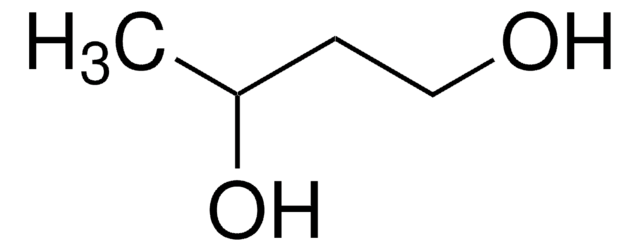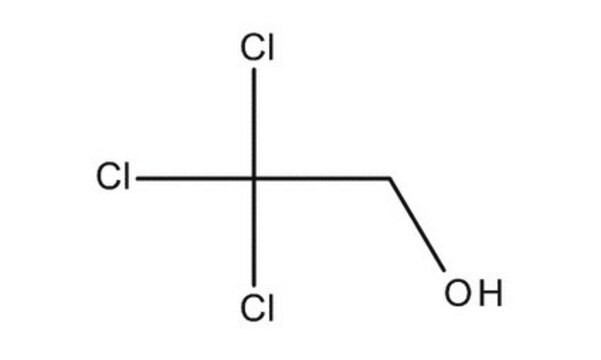1193265
USP
Diethylene glycol
United States Pharmacopeia (USP) Reference Standard
Synonyme(s) :
2,2′-oxydiéthanol, 2-hydroxyéthyl éther
About This Item
Produits recommandés
Densité de vapeur
2.14 (vs air)
Pression de vapeur
0.01 mmHg ( 20 °C)
Famille d'API
diethylene glycol
Température d'inflammation spontanée
442 °F
Limite d'explosivité
2-12.3 %
Fabricant/nom de marque
USP
Indice de réfraction
n20/D 1.447 (lit.)
Point d'ébullition
245 °C (lit.)
Pf
−10 °C (lit.)
Densité
1.118 g/mL at 25 °C (lit.)
Application(s)
pharmaceutical (small molecule)
Format
neat
Chaîne SMILES
OCCOCCO
InChI
1S/C4H10O3/c5-1-3-7-4-2-6/h5-6H,1-4H2
Clé InChI
MTHSVFCYNBDYFN-UHFFFAOYSA-N
Vous recherchez des produits similaires ? Visite Guide de comparaison des produits
Description générale
Application
- Propylene Glycol
- Glycerin
- Polyoxyl 40 Hydrogenated Castor Oil
- Sorbitol Solution
- Polyethylene Glycol 3350
- Maltitol Solution
- Noncrystallizing Sorbitol Solution
Remarque sur l'analyse
Autres remarques
Produit(s) apparenté(s)
Mention d'avertissement
Warning
Mentions de danger
Conseils de prudence
Classification des risques
Acute Tox. 4 Oral
Code de la classe de stockage
10 - Combustible liquids
Classe de danger pour l'eau (WGK)
WGK 1
Point d'éclair (°F)
280.4 °F - closed cup
Point d'éclair (°C)
138 °C - closed cup
Certificats d'analyse (COA)
Recherchez un Certificats d'analyse (COA) en saisissant le numéro de lot du produit. Les numéros de lot figurent sur l'étiquette du produit après les mots "Lot" ou "Batch".
Déjà en possession de ce produit ?
Retrouvez la documentation relative aux produits que vous avez récemment achetés dans la Bibliothèque de documents.
Les clients ont également consulté
Protocoles
99%; Glycerol, ≥99.5%; Tetraethylene glycol, 99%
Notre équipe de scientifiques dispose d'une expérience dans tous les secteurs de la recherche, notamment en sciences de la vie, science des matériaux, synthèse chimique, chromatographie, analyse et dans de nombreux autres domaines..
Contacter notre Service technique







